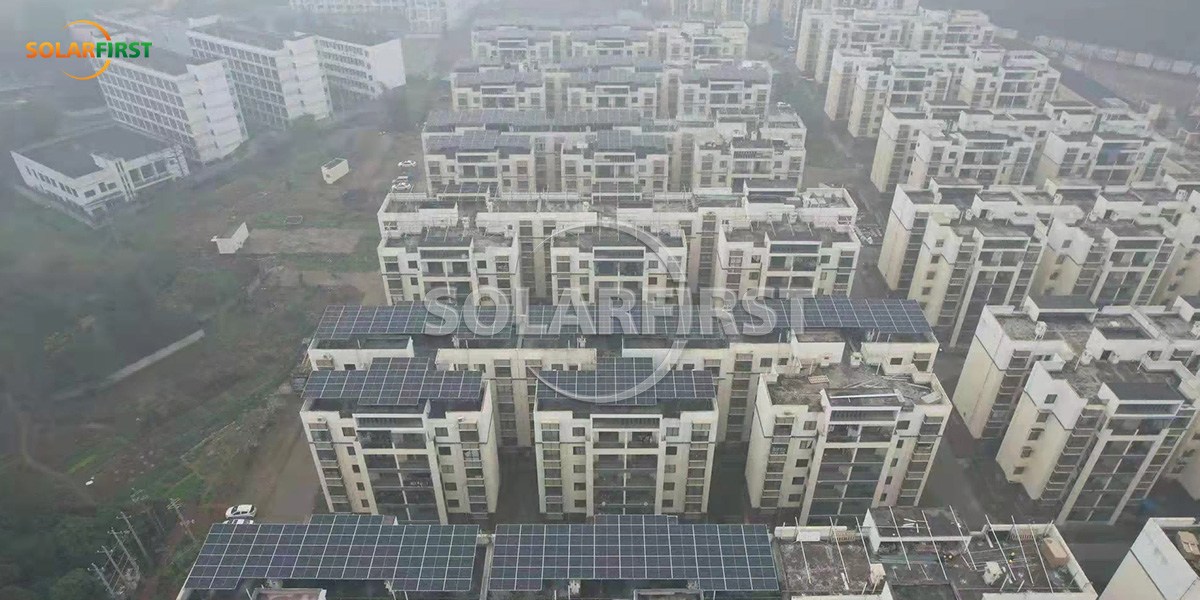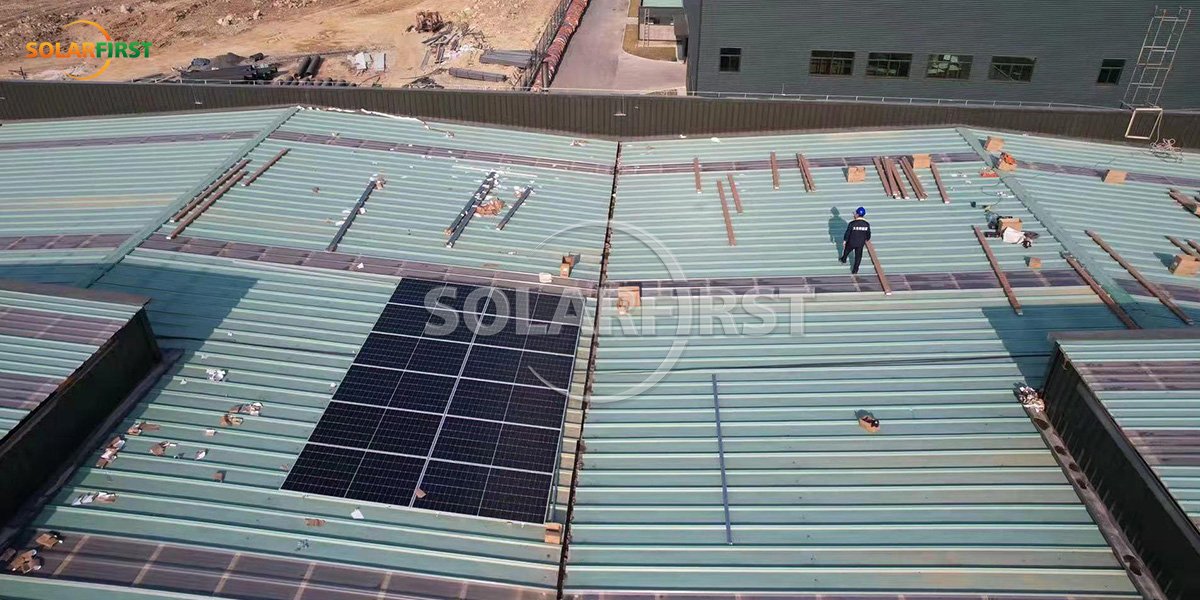China has made encouraging progress in promoting the green energy transition, laying a solid foundation for peaking carbon dioxide emissions before 2030.
Since mid-October 2021, China has initiated the construction of large-scale wind and photovoltaic base projects in sandy, Gobi and desert areas of Inner Mongolia Autonomous Region (North China), Gansu Province, Ningxia Hui Autonomous Region and Qinghai Province (Northwest). These projects, while promoting the green and low-carbon transformation of energy, will also effectively drive the development of related industries and local economic growth.
In this process, many enterprises have actively responded to the national strategy and devoted themselves to the construction of clean energy. For instance, the Solar First Group closely follows the pace of the country's energy transition and contributes to achieving the "dual carbon" goals with concrete actions. During the same period, the group undertook a 300MWp county-wide promotion rooftop distributed photovoltaic power station project in Guangxi Zhuang Autonomous Region (to be constructed in 2021-2022). This project makes full use of the abundant rooftop resources in the local area, covering various scenarios such as residential buildings, industrial and commercial factories, and government public buildings, and applies high-efficiency and reliable rooftop photovoltaic support systems on a large scale. This not only effectively increases the local clean power supply, replaces part of the fossil energy consumption and reduces carbon emissions, but also is a vivid practice of the national "county-wide promotion" distributed photovoltaic development pilot policy, providing beneficial experience for exploring new models of green energy development in counties.

(300MWp Rooftop Power Station Project in Guangxi)
In recent years, the installed capacity of renewable energy sources such as wind power and photovoltaic power in China has steadily increased. As of the end of November 2021, the national installed capacity of wind power was approximately 300 million kilowatts, an increase of 29% year-on-year. The installed capacity of solar power generation reached 290 million kilowatts, increasing by 24.1% year-on-year. In contrast, the total installed capacity of power generation across the country during the same period was 2.32 billion kilowatts, an increase of 9% year-on-year. 
(300MWp Rooftop Power Station Project in Guangxi)
Meanwhile, the utilization level of domestic renewable energy has continued to improve. In 2021, the utilization rates of wind power and photovoltaic power generation across the country reached 96.9% and 97.9% respectively, and the utilization rate of hydropower reached 97.8%.
At the end of October 2021, the Chinese government released the "Action Plan for Carbon Dioxide Peaking Before 2030". In accordance with the requirements of this plan, China will continue to fulfill its carbon reduction commitment by 2030. Under the premise of ensuring energy security, it will vigorously promote the application of renewable energy and accelerate the construction of a clean, low-carbon, safe and efficient energy system. According to the 14th Five-Year Plan (2021-2025) for national economic and social development and the medium - and long-term goals, by 2025, the proportion of non-fossil energy consumption in China is expected to reach around 20%. By 2030, this proportion will increase to around 25%, laying the foundation for a significant rise in the share of non-fossil energy by 2035.
leave a message
Scan to wechat :
